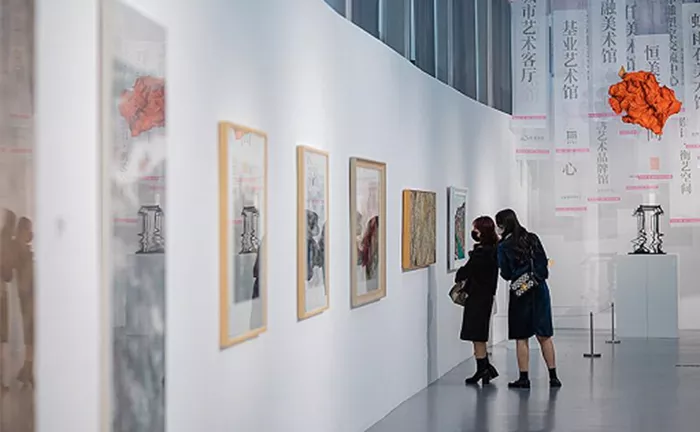The global inbound tourism market has seen remarkable growth, with 1.4 billion international visitors in 2024, according to the UN World Tourism Organization. As a major destination, China welcomed 132 million inbound tourists in 2024—a 60.8% year-on-year increase—fueled by policy facilitations in visas, payments, and accommodation. With the market trending toward diversification, China expects more visitors as Asia emerges as a key tourism hub by 2030.
Inbound Tourism’s Demand for Public Cultural Services
Public cultural services, led by the government, are vital for:
Cultural display: Museums, intangible heritage pavilions, and cultural centers serve as primary venues for foreign visitors to understand China’s heritage.
Experience enhancement: They deepen travel experiences by helping visitors grasp cultural contexts, shifting focus from sightseeing to immersive cultural exploration.
Image building: These services project an open, inclusive national image, strengthening cultural soft power.
Competitiveness boosting: High-quality services enrich cultural experiences, making destinations more globally attractive.
Challenges Faced by Public Cultural Services
Language and service gaps: Insufficient multilingual signage, limited staff language skills, and inadequate digital services (e.g., scarce VR/AR applications) hinder accessibility.
Monotonous cultural expression: Over-reliance on static exhibitions and lack of interactive, contemporary cultural displays fail to engage diverse visitor needs.
Low openness: Most services target locals, with community-level cultural spaces lacking international accessibility.
Optimization Strategies
Enhance infrastructure internationalization:
Implement multilingual signage, AI translation tools, and multilingual online booking platforms. Extend cultural venue opening hours and adopt international payment systems.
Diversify cultural activities:
Create immersive experiences like intangible heritage workshops and themed cultural tours. Host international art festivals to showcase traditional and contemporary Chinese culture.
Strengthen staff training:
Provide systematic training in cross-cultural communication, foreign languages, and destination knowledge to ensure professional service.
Leverage digital technology:
Use VR/AR to recreate historical scenes and offer personalized recommendations via big data. Integrate services into mobile apps and social media for seamless visitor experiences.
Build local cultural brands:
Highlight unique regional cultures to enhance global recognition and cultural dissemination.
Explore market-oriented mechanisms:
Encourage private-sector participation to drive service innovation and align with visitor needs.
Improve management efficiency:
Incorporate optimization plans into national/international development strategies, establish inter-departmental coordination, and collect visitor feedback for continuous improvement.
These measures aim to transform public cultural services into accessible, engaging platforms that showcase China’s civilizational achievements and foster global cultural exchange.
Related Topics:
- Badaling Night Wall Opens Daily for ‘May Day’ Holiday
- Ontario Launches $200M ‘We Stand’ Campaign to Boost Tourism, Jobs
- Record-Breaking Road Trips Dominate Memorial Day Weekend Travel

